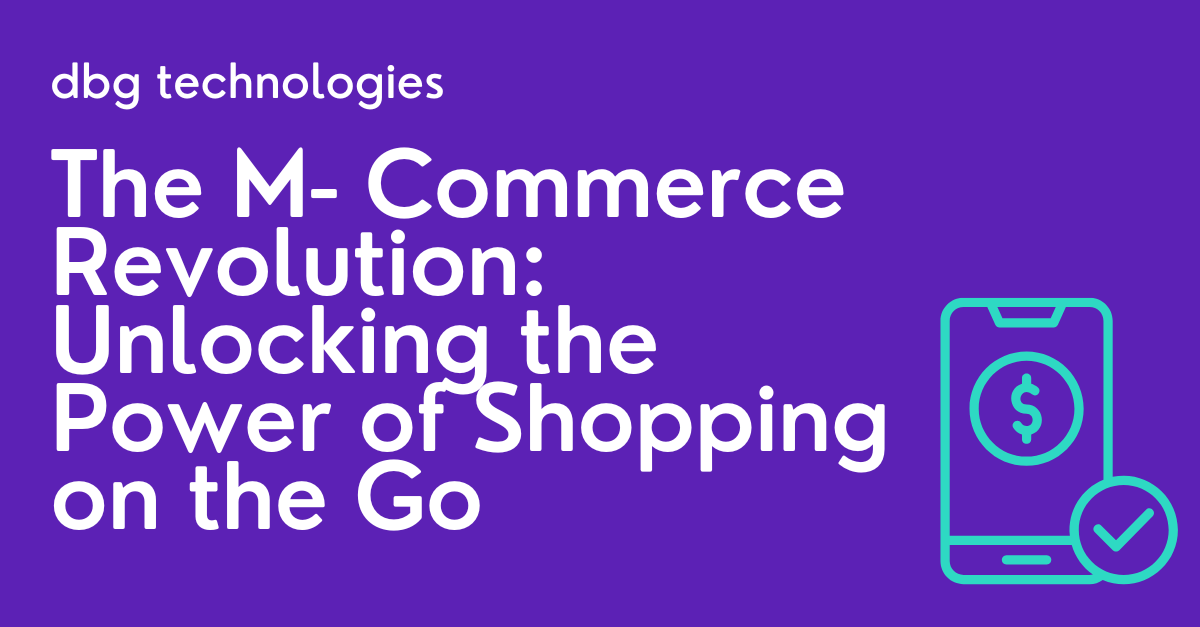 Mobile devices have become an integral part of our lives, transforming the way we communicate, access information, and even shop. As the world becomes increasingly connected, mobile commerce, also known as m-commerce, has emerged as a powerful force in the eCommerce industry.
Mobile devices have become an integral part of our lives, transforming the way we communicate, access information, and even shop. As the world becomes increasingly connected, mobile commerce, also known as m-commerce, has emerged as a powerful force in the eCommerce industry.
Mobile commerce allows consumers to browse, compare, and make purchases directly from their handheld devices, anytime and anywhere. The convenience and accessibility offered by mobile commerce have made it a game-changer in the eCommerce landscape.
To succeed in the mobile commerce arena, businesses must prioritise mobile optimisation. Mobile-friendly websites and apps that provide seamless user experiences are essential. Mobile optimisation involves responsive design, fast page loading speeds, intuitive navigation, and easy checkout processes. By creating a user-friendly mobile interface, businesses can enhance customer satisfaction and drive higher conversion rates.
Mobile payment solutions, such as digital wallets and mobile payment apps, have gained significant popularity among consumers. These solutions offer convenience, security, and speed, making transactions smoother and more efficient. By integrating popular mobile payment options into their platforms, businesses can tap into the growing trend of contactless payments and provide a frictionless checkout experience for their customers.
Push notifications are an effective way to engage and retain mobile commerce customers. By sending timely and personalised messages, businesses can notify users about new product launches, exclusive offers, and abandoned cart reminders. However, it is crucial to strike the right balance between informative and intrusive notifications to avoid overwhelming users.
Mobile marketing plays a crucial role in driving mobile commerce success. Businesses can leverage mobile-specific advertising channels, such as in-app ads, mobile search ads, and social media advertising, to reach their target audience effectively. Location-based marketing, SMS marketing, and mobile loyalty programs are also effective strategies to engage mobile users and drive conversions.
Mobile commerce is not limited to standalone mobile apps or websites. It is an integral part of the broader omni-channel experience. Businesses should ensure a seamless transition between different platforms, such as desktop, mobile, and physical stores. Offering features like click-and-collect, where customers can make purchases online and pick up in-store, provides convenience and flexibility.
To drive continuous improvement in mobile commerce strategies, businesses should leverage mobile analytics tools. These tools provide insights into user behaviour, conversion rates, customer preferences, and other valuable metrics. By analysing this data, businesses can make data-driven decisions and optimise their mobile commerce experiences to better serve their customers.
Mobile commerce is poised to continue its exponential growth in the coming years. As technology advances, trends such as mobile wallets, augmented reality shopping experiences, and voice-activated shopping will shape the future of mobile commerce. Businesses must stay ahead of these developments and adapt their strategies accordingly to remain competitive in this dynamic landscape.
